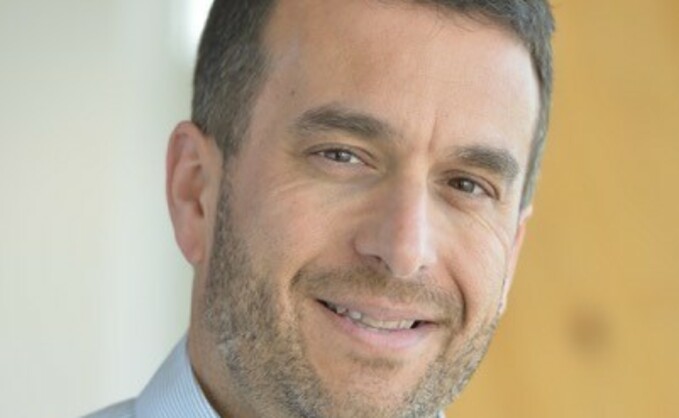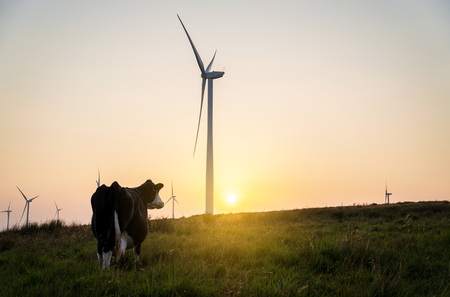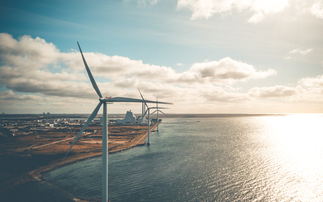
Credit: Bute Energy
Sid Anverali, project director at Bute Energy, reflects on the key challenges and biggest growth opportunities within the green economy
Bute Energy aims to develop the largest portfolio of onshore wind in Wales, representing around £3bn investment and the potential to generate enough clean energy to power 2.25 million homes.
By 2035, the energy firm estimates its portfolio could contribute around a quarter of Wales' total electricity demand – thereby making a significant contribution to the Welsh government's target of 100 per cent renewable energy by the same year.
If fully realised, Bute's pipeline would also generate almost a fifth of the capacity required to meet UK Labour's manifesto commitment to double onshore wind from approximately 15 to 30 GW by 2030.
To this end, project director Sid Anverali's team recently led efforts contributing to the approval of Twyn Hywel Energy Park by Welsh Government. Located 3km north-west of Caerphilly, the site will generate up to 92.4MW from 14 wind turbines – enough to power approximately 81,000 households a year.
Groundworks investigations are now underway at the site in preparation for construction in 2026.

BusinessGreen: What was your first role in the green economy and what attracted you to the sector?
Sid Anverali: My first role in the green economy was as commercial manager for SSE's offshore wind team. I then took on the additional responsibility for general manager of Greater Gabbard Offshore Wind, which at the time, was the largest operational windfarm in the world.
Bute Energy is sponsoring the Supply Chain Project of the Year category at this year's awards – What makes a standout supply chain project?
Safety, Innovation and one which can overcome challenges.
What green projects or achievements are you most proud of?
My proudest achievement was my role as senior project manager for Seagreen Offshore Wind. At 1.1GW, it remains Scotland's largest offshore windfarm and was highly innovative using suction caisson technology at scale, for the first time in the world.
What parts of the green economy are you most excited about?
It's an innovation engine, creates new jobs and transition opportunities and supports energy security.
What developments do you think are currently under the radar?
Solving the carbon footprint of air travel.
What is the biggest misconception about the green economy?
That it creates more CO2 in construction than it saves in operations. This is simply not true.
What do you see as the biggest challenges to the net zero transition?
The length of time it takes to get a project consented and ready to start construction.

What advice would you give to someone looking to work in the green economy?
Just do it. It's very rewarding to be working in an industry that is truly making a difference to the world and the future for generations to come.
What green initiatives can we expect to see in the coming years?
Long Duration Electricity Storage (LDES) being rolled out at scale – decarbonising heavy transport and carbon removal and capture.
What can the green economy do to better promote its successes?
Make benefits tangible and local. Show local air quality improvements and job creation in local communities and be open about the significant challenges to delivery.
What would your green superpower be?
Teleport major components direct to site!
Sid Anverali is a project director at Bute Energy
Bute Energy is sponsor of the Supply Chain Project of the Year category at the UK Green Business Awards 2025, which will take place on the evening of 11 June at The Brewery in London. You can reserve your place at the awards here.








